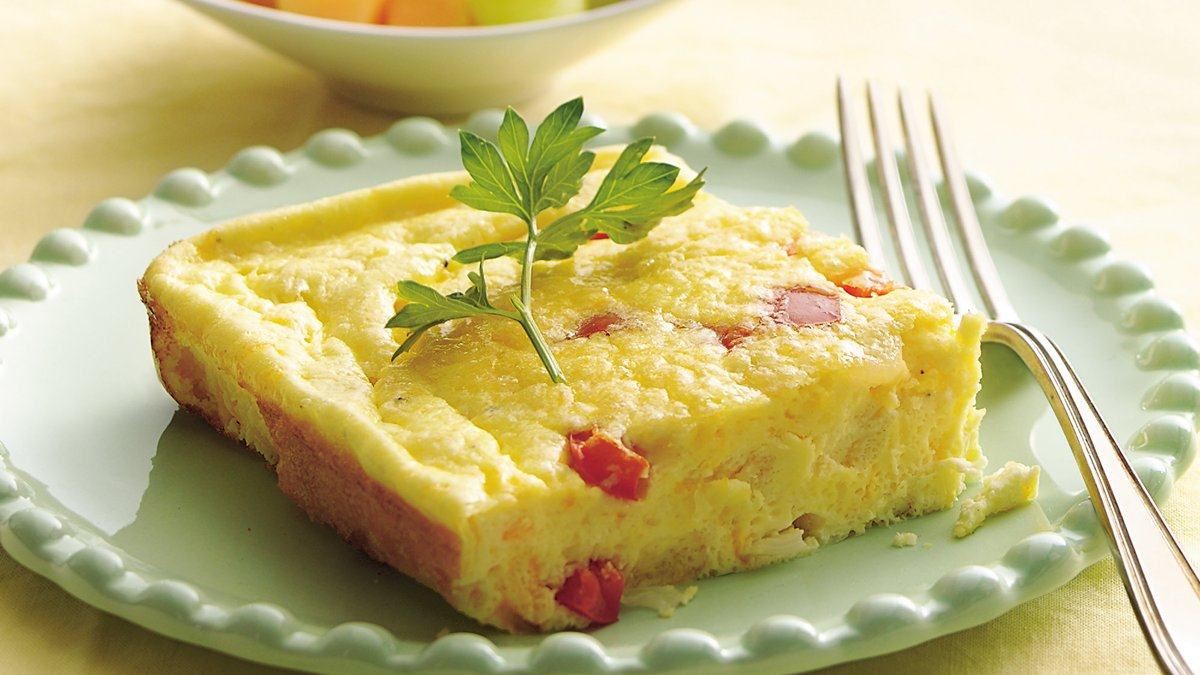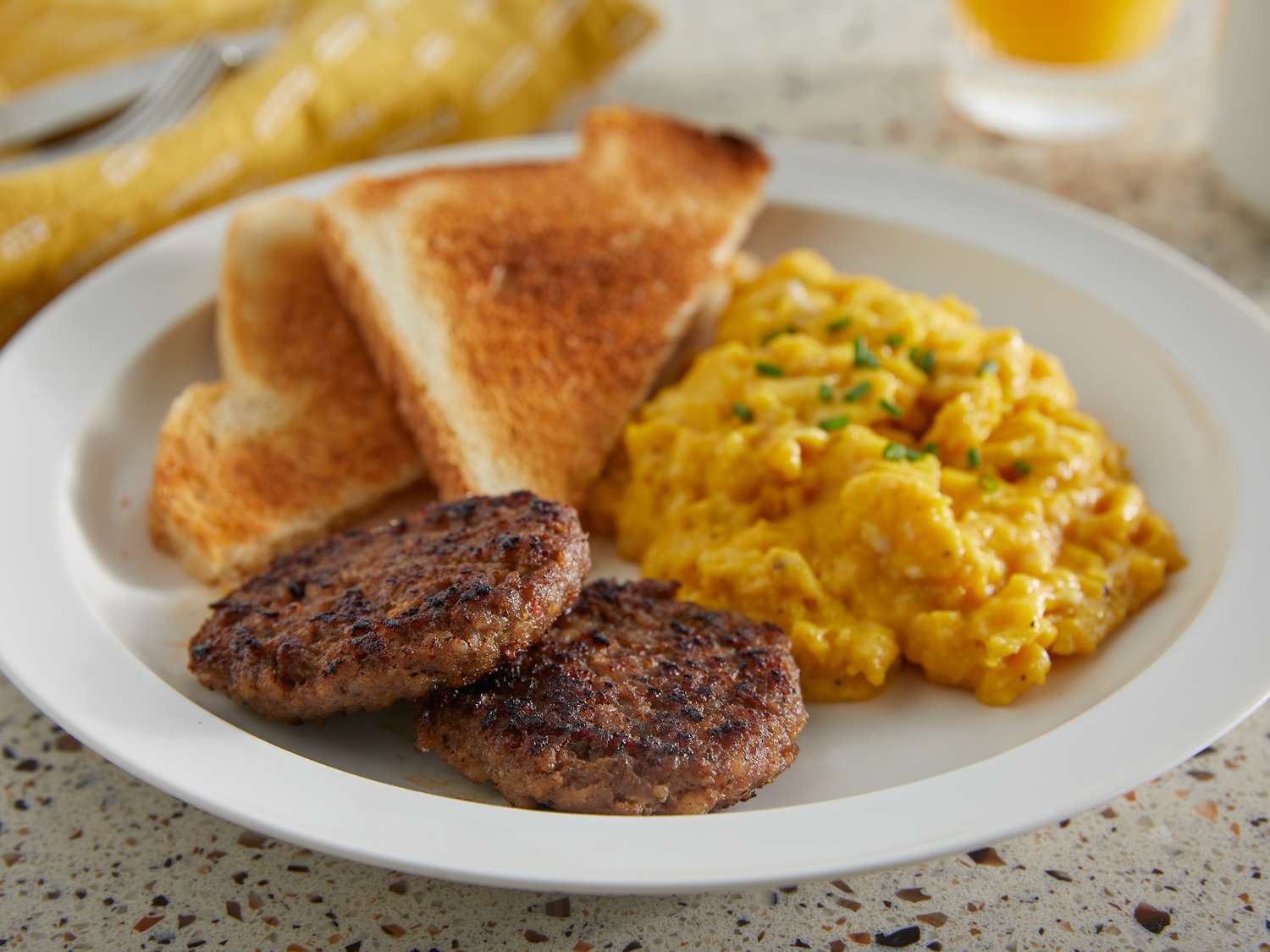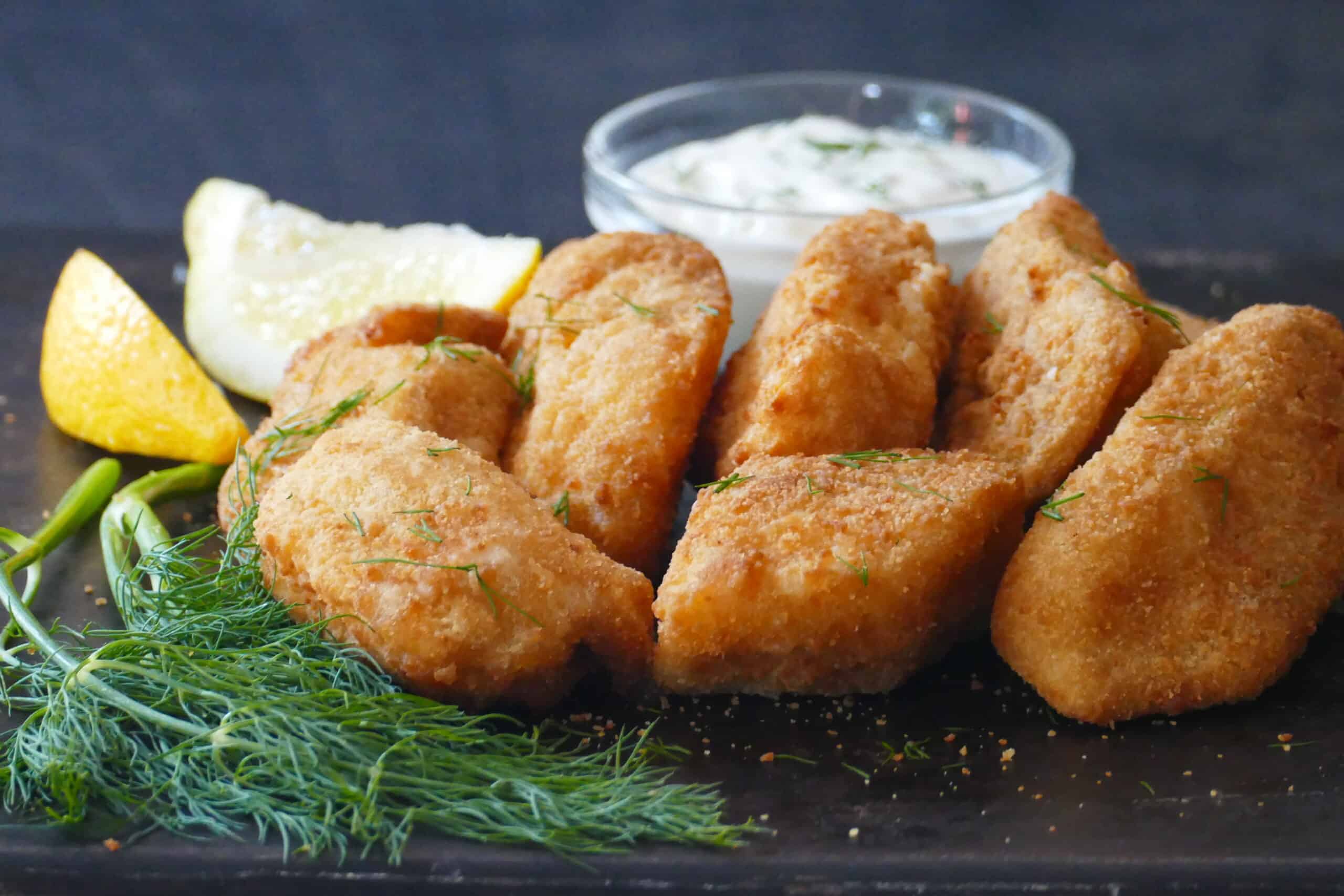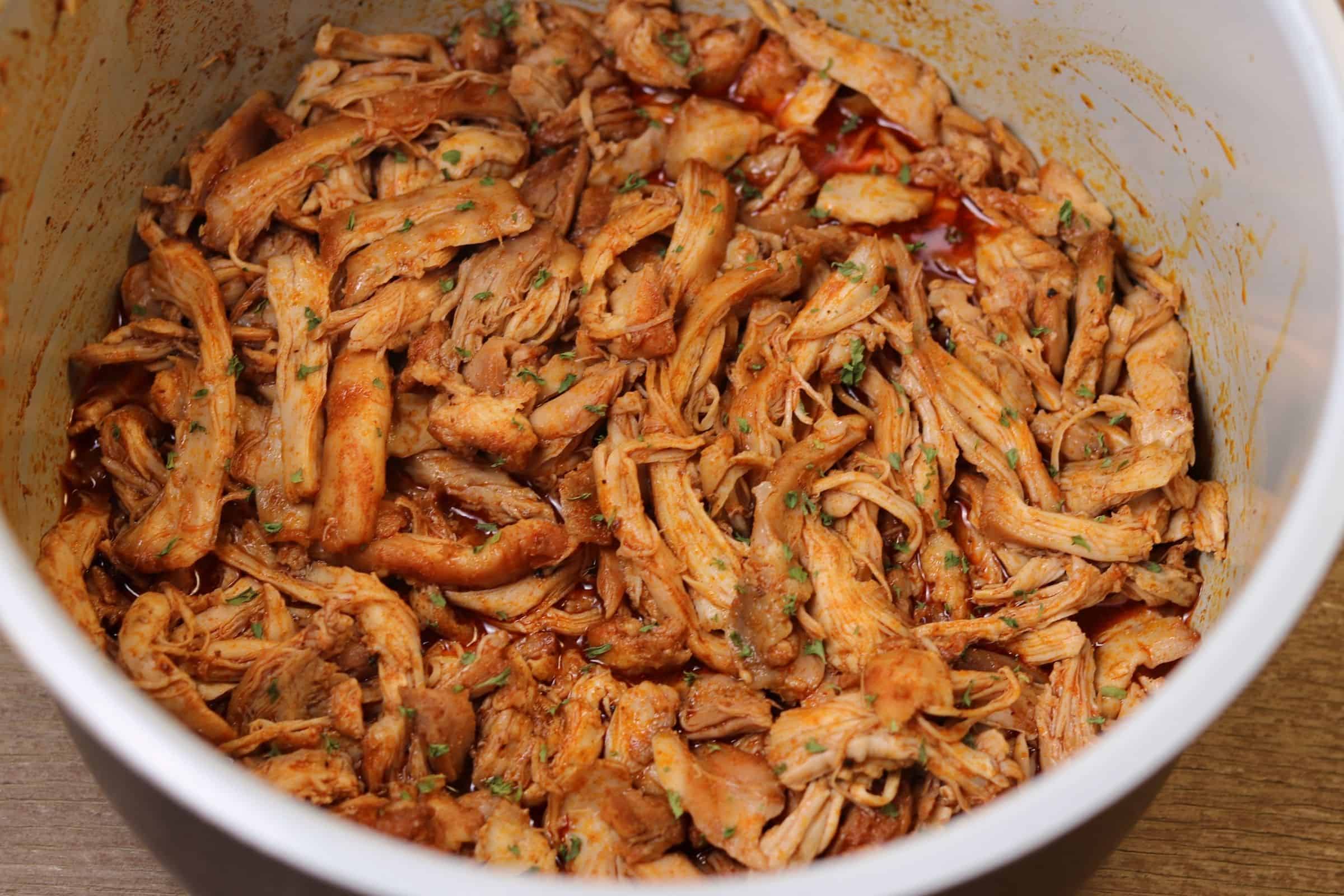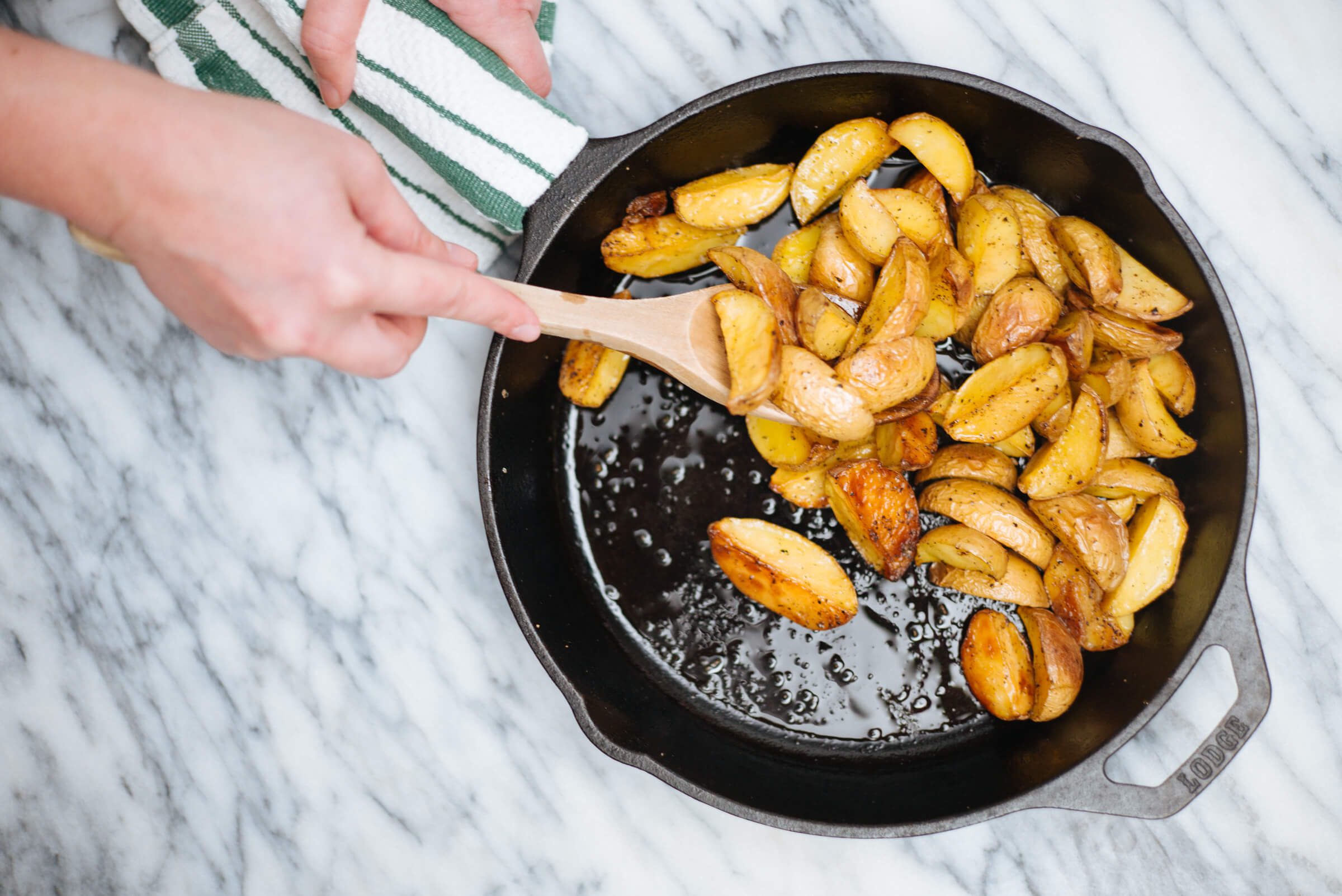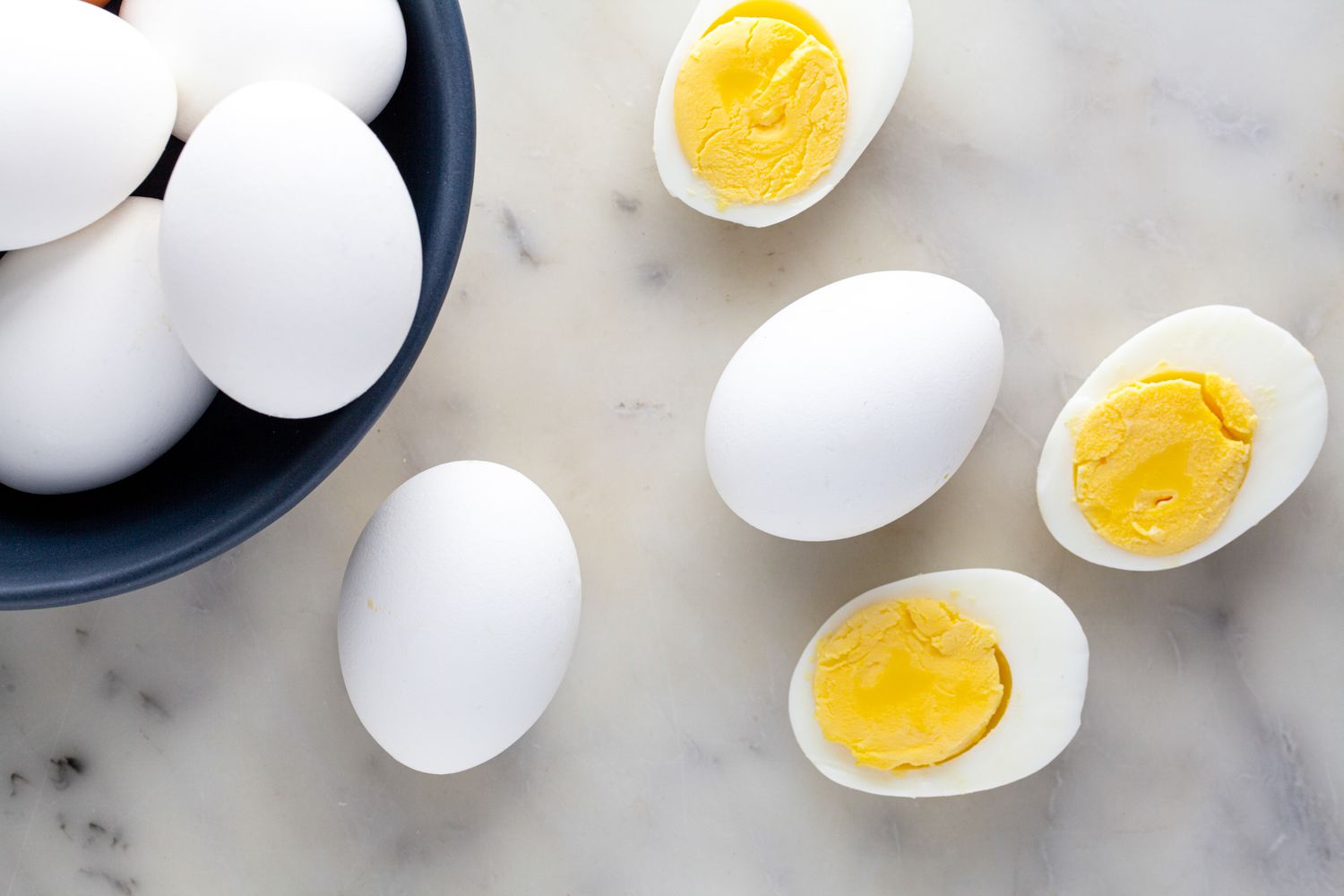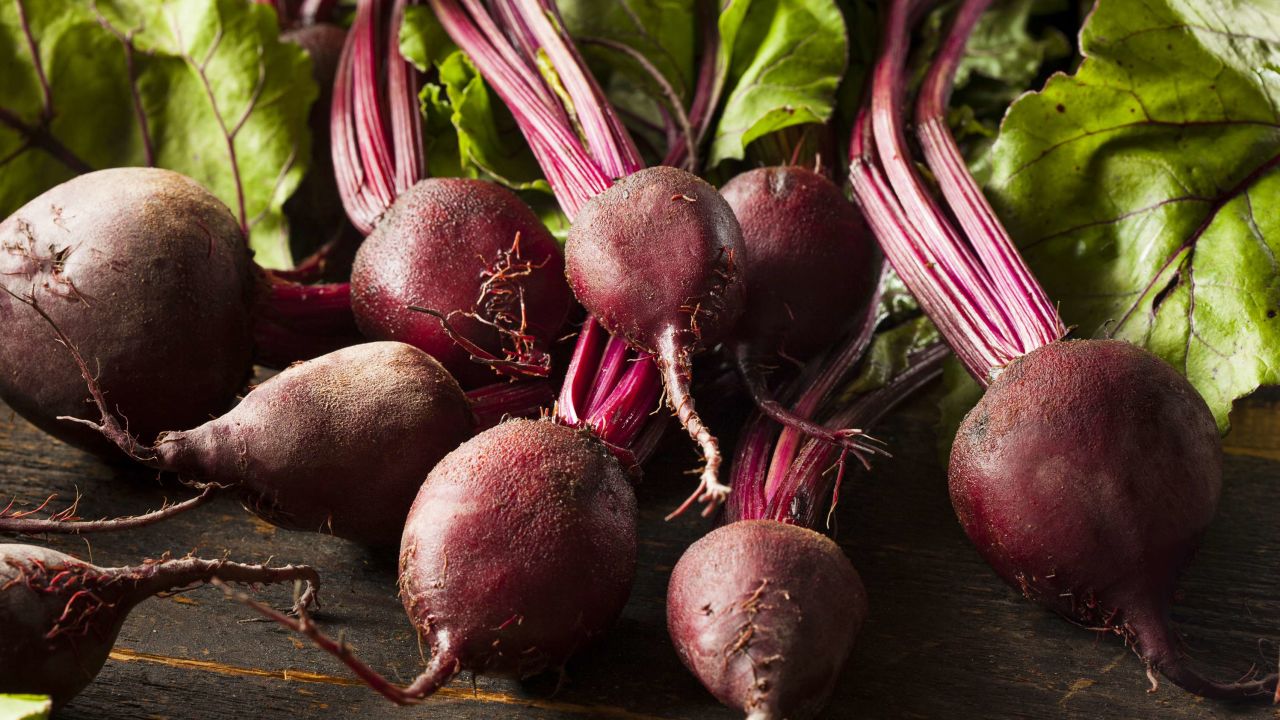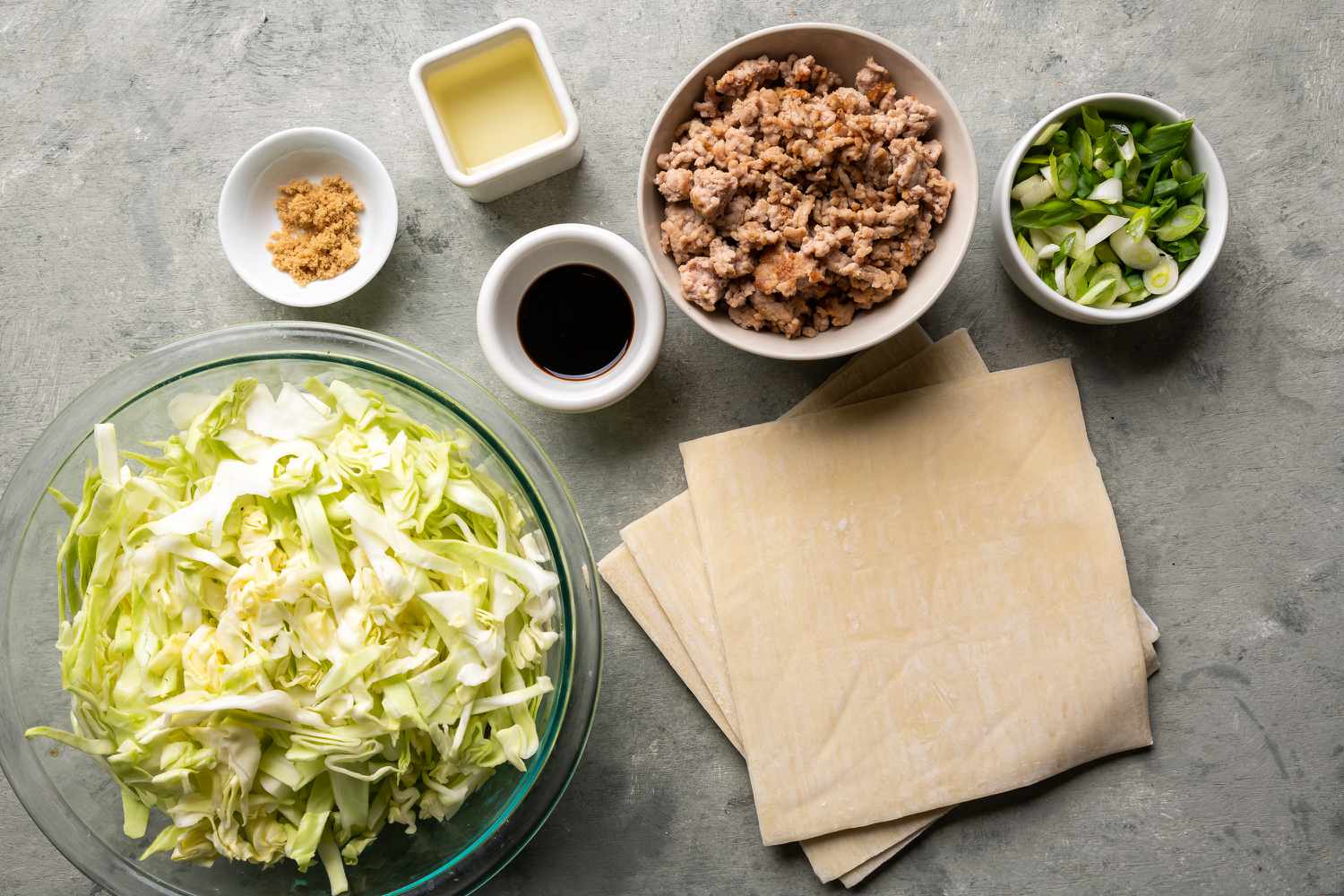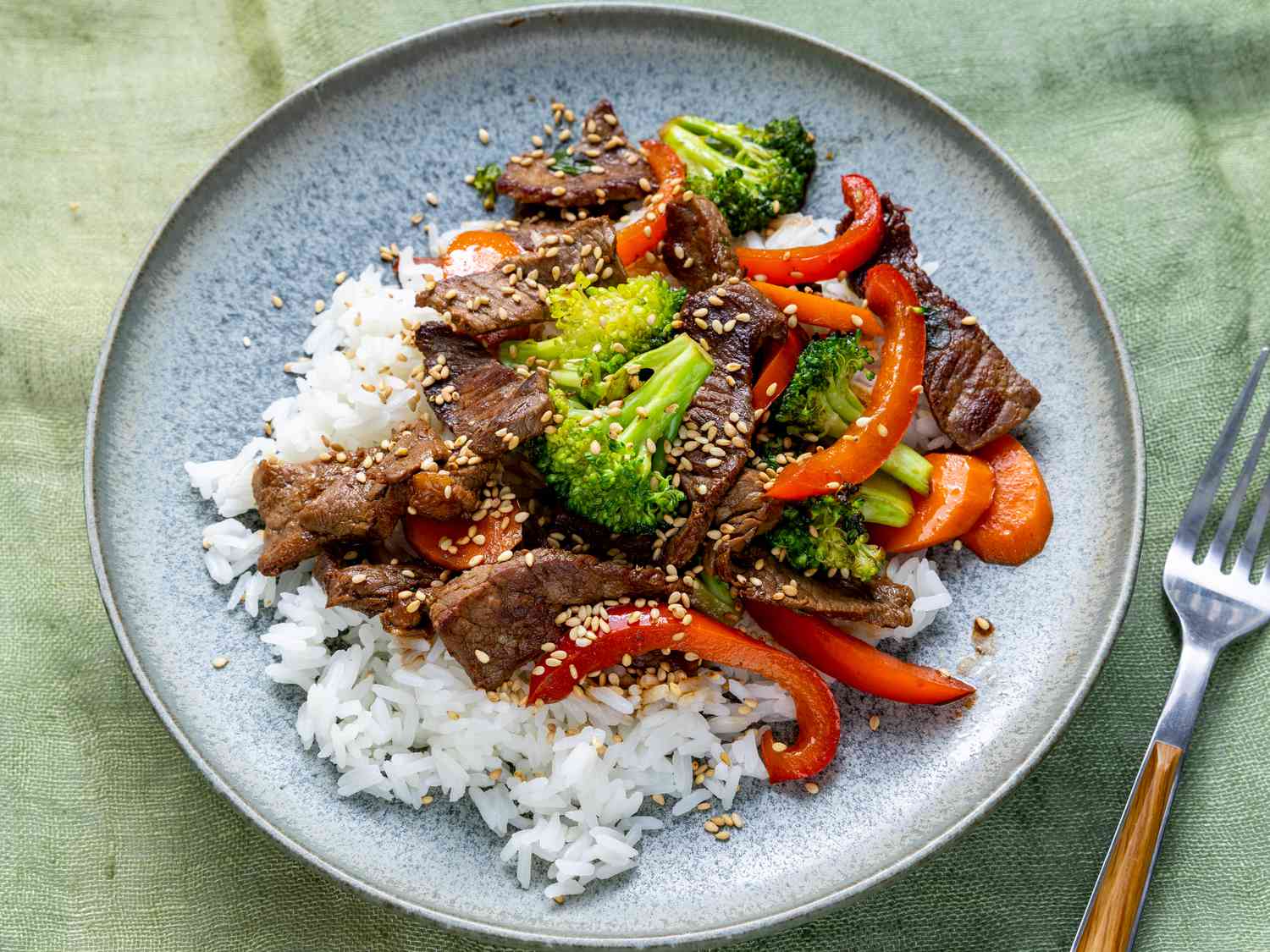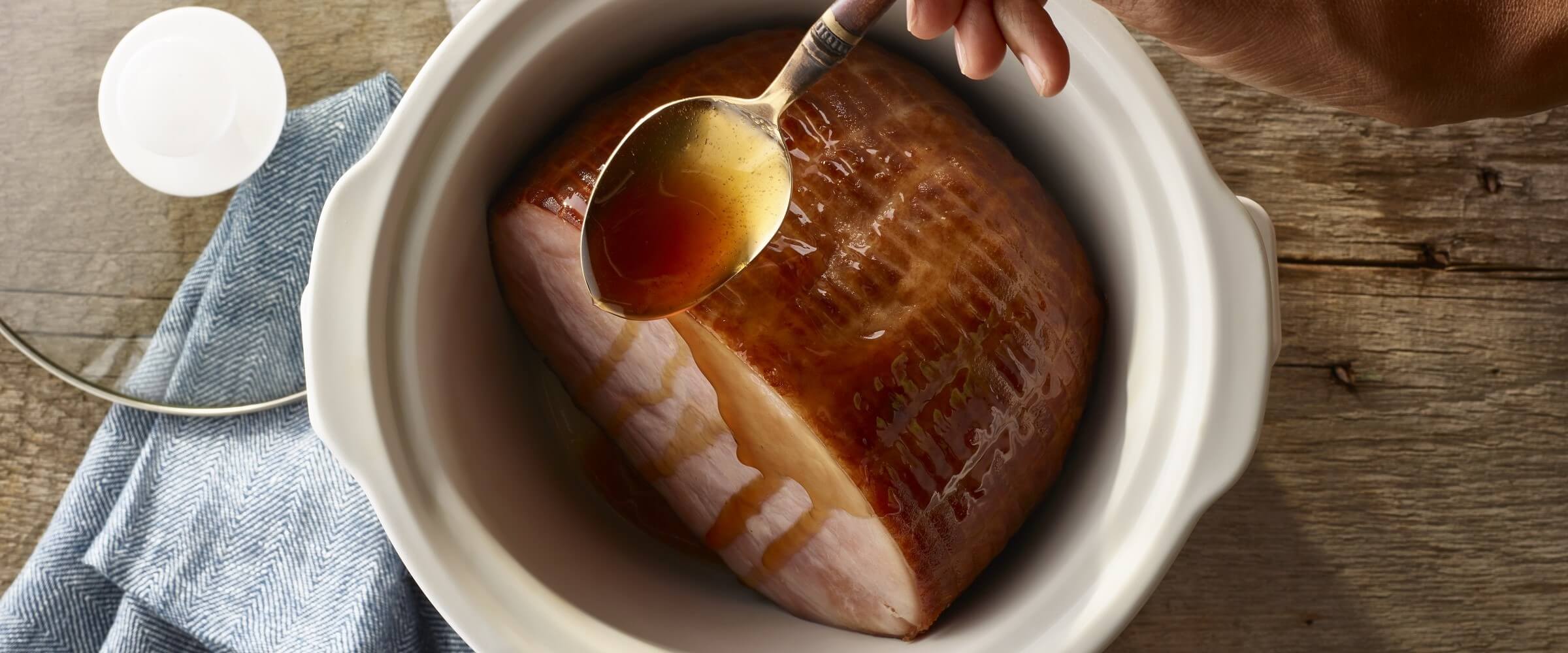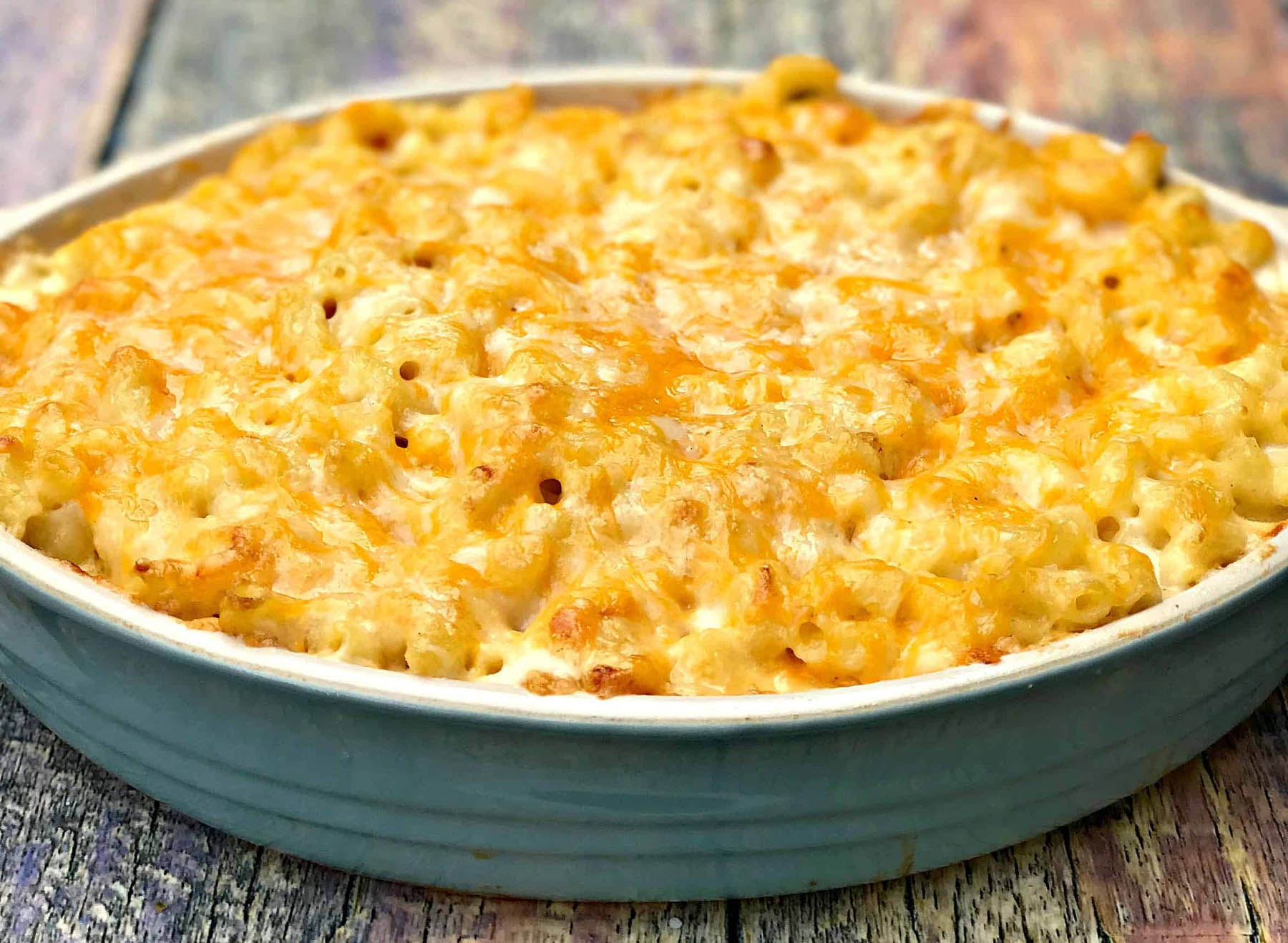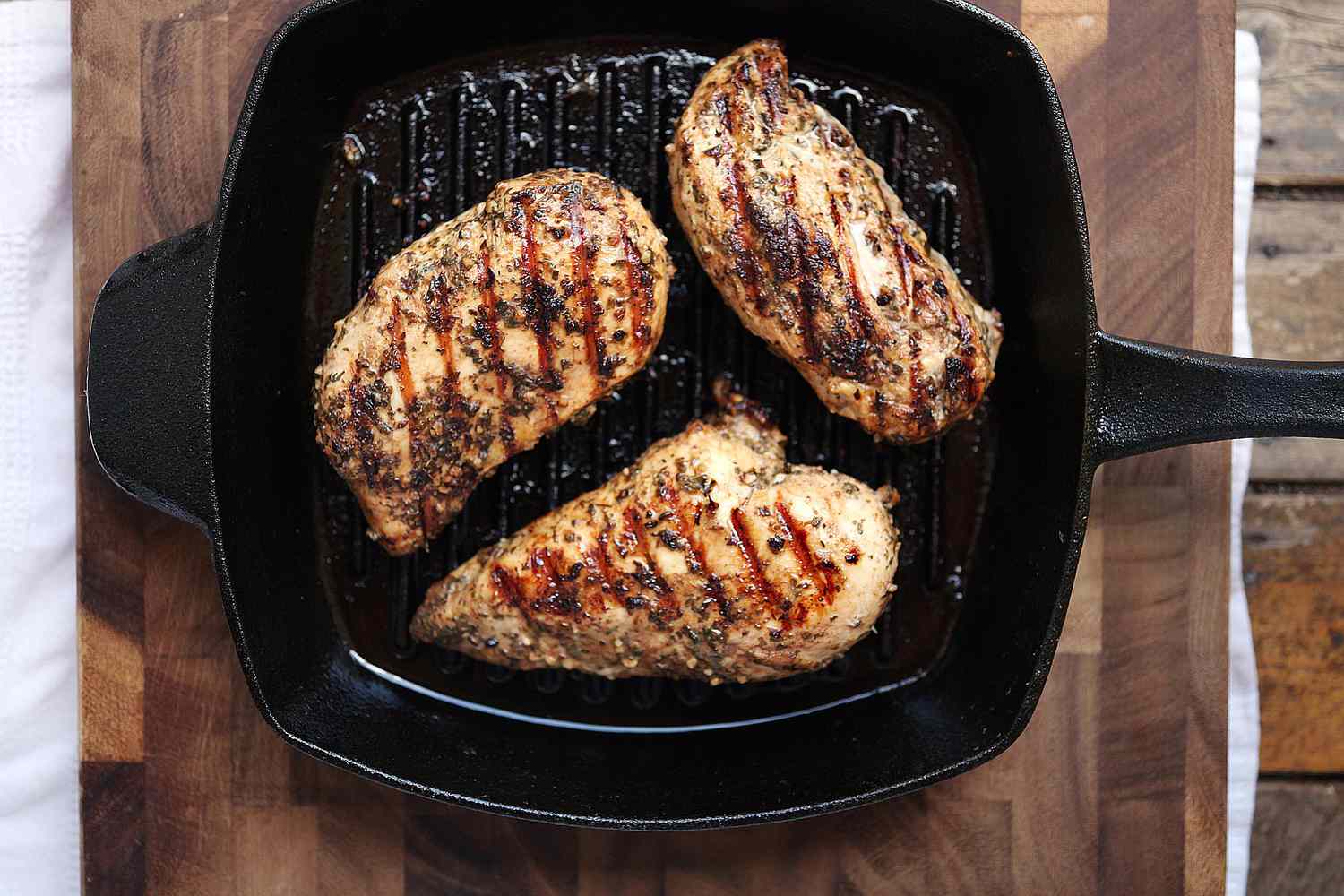Unlock the Flavor: Mastering the Art of Cooking Pork Ribs on Traeger
There’s nothing quite like sinking your teeth into tender, juicy, and flavorful pork ribs. While there are many ways to cook this mouth-watering dish, one method that stands out is using a Traeger grill. With its ability to infuse smoky goodness into every bite, the Traeger grill takes pork ribs to a whole new level.
So, if you’re ready to unleash your inner pitmaster and wow your friends and family with perfectly cooked ribs, follow these step-by-step instructions to achieve rib heaven.
1. Choose the Right Ribs
Before you fire up the Traeger grill, it’s essential to select the right type of ribs. St. Louis-style or baby back ribs are popular choices for their tenderness and meatiness. Look for ribs with a nice layer of fat, as this will contribute to the flavor and juiciness of the final result.
2. Prepare and Season
Prepare the ribs by removing the membrane from the bone side using a knife or a paper towel for better seasoning penetration. Season the ribs generously with your favorite rub or a mix of spices. Whether you prefer a spicy kick or a sweet and savory blend, the choice is yours.
3. Preheat the Traeger Grill
Preheat your Traeger grill to 225°F (107°C) using all-natural hardwood pellets for that authentic smoky flavor. Make sure to clean the grill grates thoroughly and place a drip pan underneath to catch any drippings and avoid flare-ups.
4. Indirect Cooking Method
For perfectly cooked pork ribs, utilize the indirect cooking method on your Traeger. This means placing the ribs on the grill grates away from the heat source. The low and slow cooking process allows the meat to become tender and juicy.
5. Smoke and Monitor
Add your favorite hardwood pellets to the Traeger grill, such as hickory or applewood, to infuse the ribs with incredible smokiness. Close the lid and let the grill work its magic. Remember to periodically check the temperature to maintain a consistent heat level and ensure the ribs cook evenly.
6. Wrap in Foil
After a few hours of smoking, it’s time to wrap the ribs in foil. This method, known as the Texas crutch, helps lock in moisture and speeds up the cooking process. Before wrapping, apply a layer of your favorite BBQ sauce or a flavorful glaze.
7. Finish with a Sear
In the final stage, remove the ribs from the foil and place them directly on the grill grates. Increase the temperature to around 300-325°F (149-163°C) to achieve a beautiful caramelization and a slight char on the surface. Baste with more sauce if desired.
8. Rest and Serve
Once the ribs have reached your desired doneness, remove them from the grill and let them rest for about 10 minutes. This allows the juices to redistribute throughout the meat and ensure maximum flavor. When ready, slice the ribs between the bones and serve them up to a hungry crowd.
Pro tip: Serve your delicious Traeger-cooked pork ribs with classic sides like coleslaw, cornbread, or baked beans for the ultimate barbecue feast.
Conclusion
Cooking pork ribs on a Traeger grill is a culinary adventure that yields exceptional results. From selecting high-quality ribs to mastering the art of smoking and grilling, each step is crucial to achieving tender, smoky, and flavorful ribs that will have everyone coming back for seconds. So fire up that Traeger grill and get ready to impress your guests with your newfound rib-cooking expertise!
Was this page helpful?
Read Next: How To Cook Boiled Eggs In The Oven
